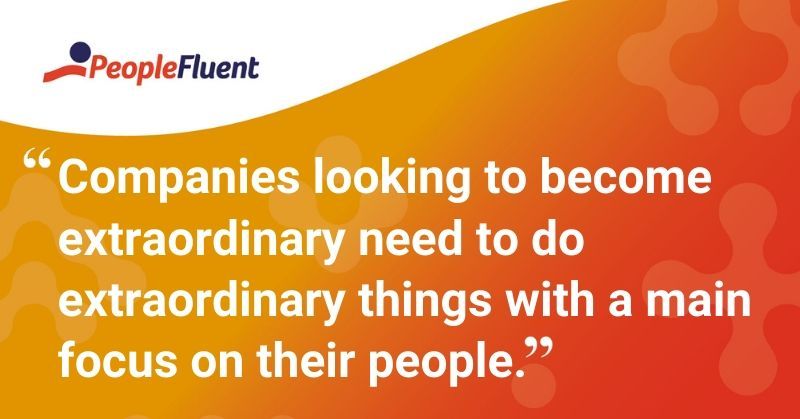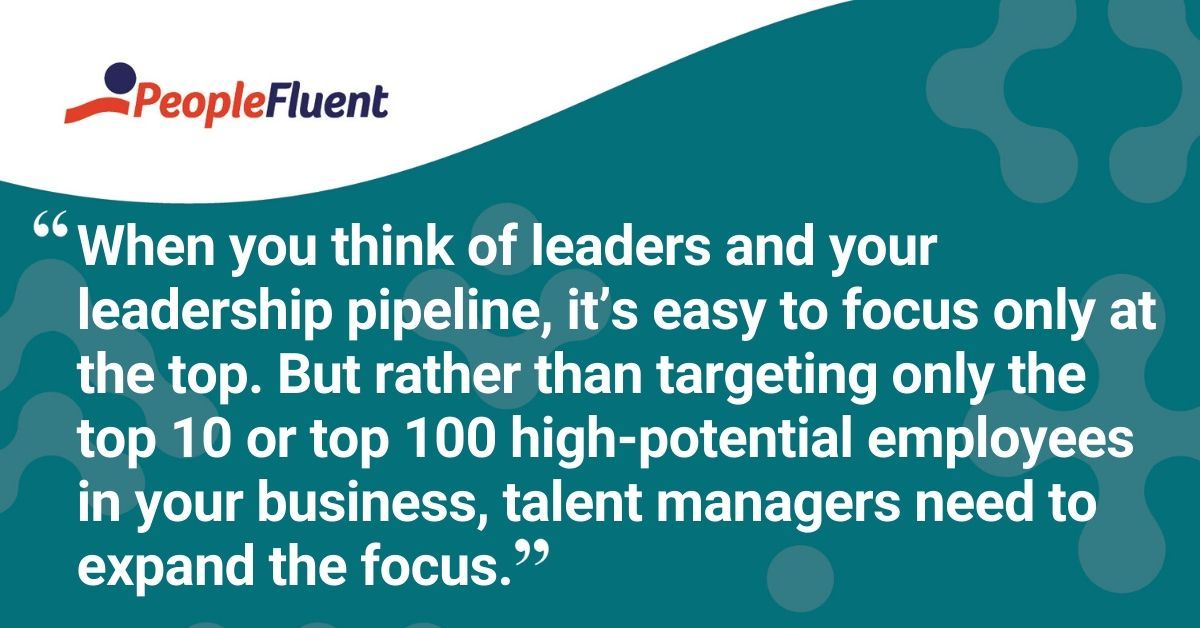Published: Feb 25, 2020Time to read: 5mins Category: Talent Management
Top 5 Challenges in Workforce Management
Despite the efforts of HR and business leaders, workforce management often falls short of its goal to inspire extraordinary performance at the individual and company level. For mid-enterprise organizations, achieving greatness demands five things. This post offers insight into those challenges, with tips for HR leaders and business executives looking to transcend the ordinary.
Explorer and mountaineer Sir Edmund Hillary once said, "People do not decide to become extraordinary. They decide to accomplish extraordinary things". Companies looking to become extraordinary—whether they define that in terms of revenue or other measures—need to do extraordinary things with a main focus on their people.
Getting there takes a workforce that is primed, motivated, and focused over time on common goals. Workforce management is the process by which HR and business leaders aim to maximize performance and competency across the organization. But despite their efforts, workforce management often falls short of its lofty goal to inspire stellar performance at the individual and organization levels.
So what’s holding us back? Here are five challenges in workforce management your organization may need to tackle to achieve performance that transcends the ordinary.
Challenge 1: Holding Business Leaders Accountable for Talent Management
While most leaders agree that talent management is critical to business results, many still expect HR to be both responsible and accountable. And HR does, of course, take a lead role.
It brings expertise in talent strategy, talent processes, and HR policy and procedures. It manages the systems for sourcing and hiring employees. It knows best practices for successful onboarding, performance management, learning and development, diversity and inclusion, succession planning, compensation—every aspect and touchpoint across an employee’s career with your company.
But talent strategy should be closely folded into and aligned with organizational strategy. And that’s the purview of business leadership. When you break it down, talent management is people management. Meaning it’s the responsibility of managers across your organization.
So if you want to maximize the impact of your talent management strategies on individual and business performance, business managers must embrace their role in talent management. They’re closer to the employees and the operational needs of the business. They can—and should—be accountable for correlating employee and team performance to business success.

Related content: 'Visualizing Analytics: The Answer to Workforce Planning'
Challenge 2: Identifying Critical Roles
In one sense, every position and every employee is important. But from a practical perspective, some roles have a greater impact—or more direct impact—on business results. Depending on your business, this may include:
- Roles that require specialized or scarce skills
- Executive leadership
- Sales
- Customer service.
The keyword here is identifying. It’s a human-driven process. One that can’t be automated but that will serve as an input to any automation you build into talent management systems or processes.
Talent management software can help you plan and implement succession and headcount strategies and capture workforce analytics. But definition comes first.
Basically, critical roles include positions that help your organization compete for and win customers or markets. These are positions that help you stay in business (think risk mitigation). And—this is key—any position for which there is a gap in talent supply.
Challenge 3: Empowering Managers With Relevant Workforce Data
Ever since HR systems automated the collection of employee data, HR teams have struggled with the need to manage and understand it.
Talent managers—in HR and across the business—tasked with analyzing and acting on data insights must make smart choices to avoid information overload.
In this case, the keyword is ‘relevant.’ Managers don’t need all the data. They need the right data—accurate, meaningful, and timely—in order to support decisions about headcount needs and recruiting goals, employee performance, succession planning, compensation, and other aspects of talent and people management.
Challenge 4: Deepening the Leadership Pipeline
When you think of leaders and your leadership pipeline, it’s easy to focus only at the top. But rather than targeting only the top 10 or top 100 high-potential employees in your business, talent managers need to expand the focus of your roadmap succession planning efforts.
The benefits of a deeper search for future leaders are twofold:
- Uncovering high-value skills and aptitudes possessed by people who may not yet be visible in your strategic leadership planning process
- Inspiring employees at all levels by creating and visualizing career development paths and opportunities.
You may also identify gaps in your learning and development program that you can address to connect high-potential employees with the training, coaching, and mentoring they need to lead your organization into the future.

Keep reading: 'How CHROs Can Maintain a Productive Workforce During Remote Work'
Challenge 5: Aligning Talent Strategy with Business Strategy
Remember what Sir Edmund said about doing extraordinary things? The great things your company aims to do should be the shared, underlying goal not just of your business, but of every element of your workforce management strategy.
This means:
- Identifying the skills you need and hiring the right people (talent acquisition)
- Setting individual goals that drive organizational goals and tracking progress (performance management)
- Identifying and rewarding top performers and high-potential employees (compensation and succession)
- Preparing employees for future roles and greater contribution to your strategy over time (learning and development).
- Planning and implementation of your talent strategy should be iterative. The elements are interdependent and mutually supportive.
Seizing the Opportunity for Workforce Management
Tackling these challenges won’t be simple. Getting leaders to embrace their accountability and agree on business-critical decisions may take time. But the conversations will foster a greater understanding of how HR teams can address challenges in workforce management.
Ready to transform your organization from ordinary to extraordinary? Download the PeopleFluent for Mid-Enterprise product sheet to learn more about how our solutions can help.
Discover How Performance Software Helps Build a Culture of Support
Guide people on a path of continuous improvement, excellence, and achievement. PeopleFluent helps you support your people, so they exceed their goals and drive business outcomes.